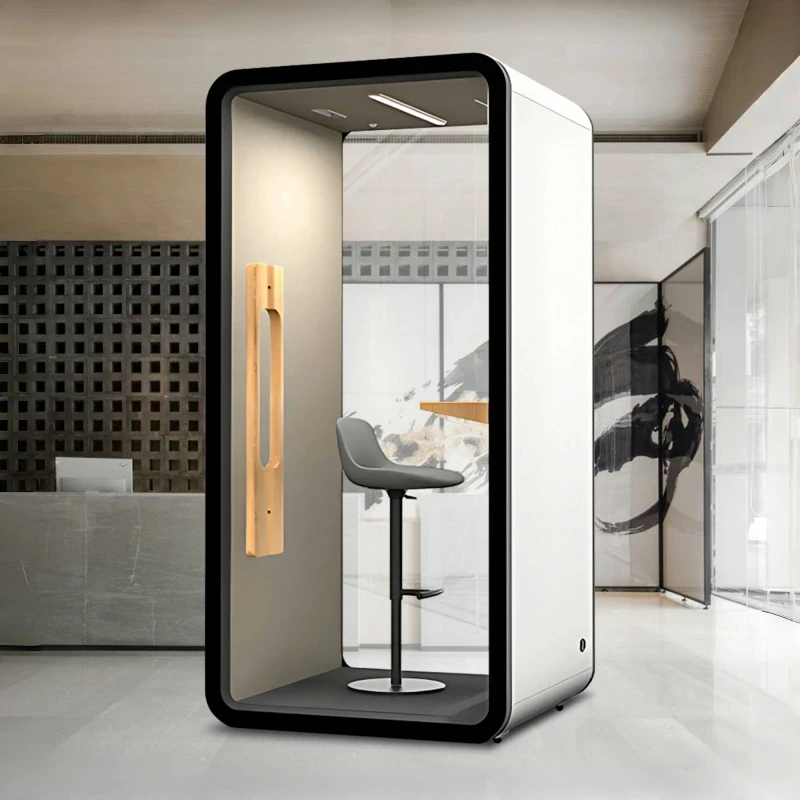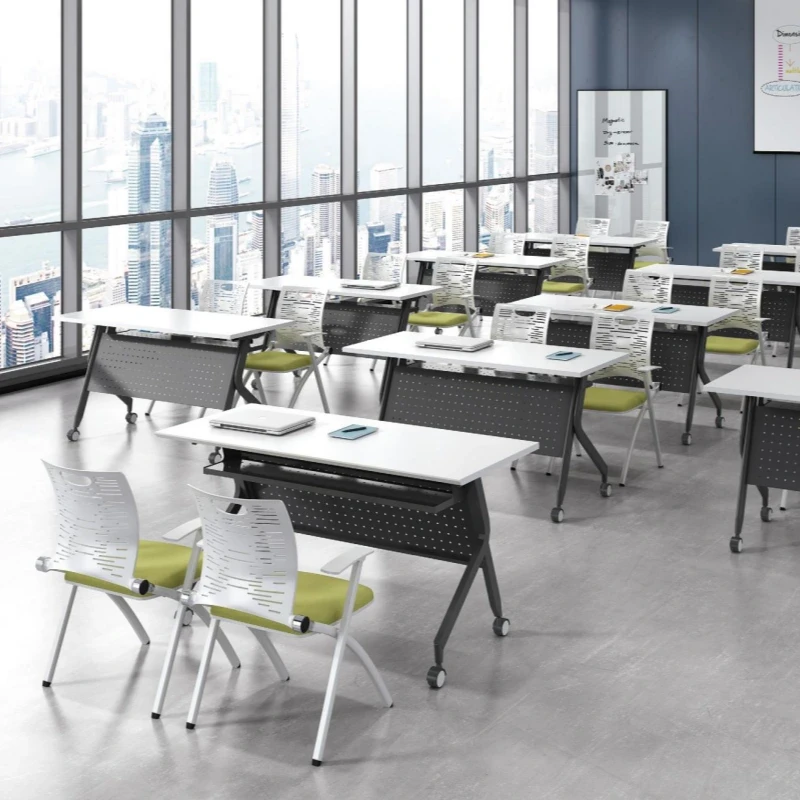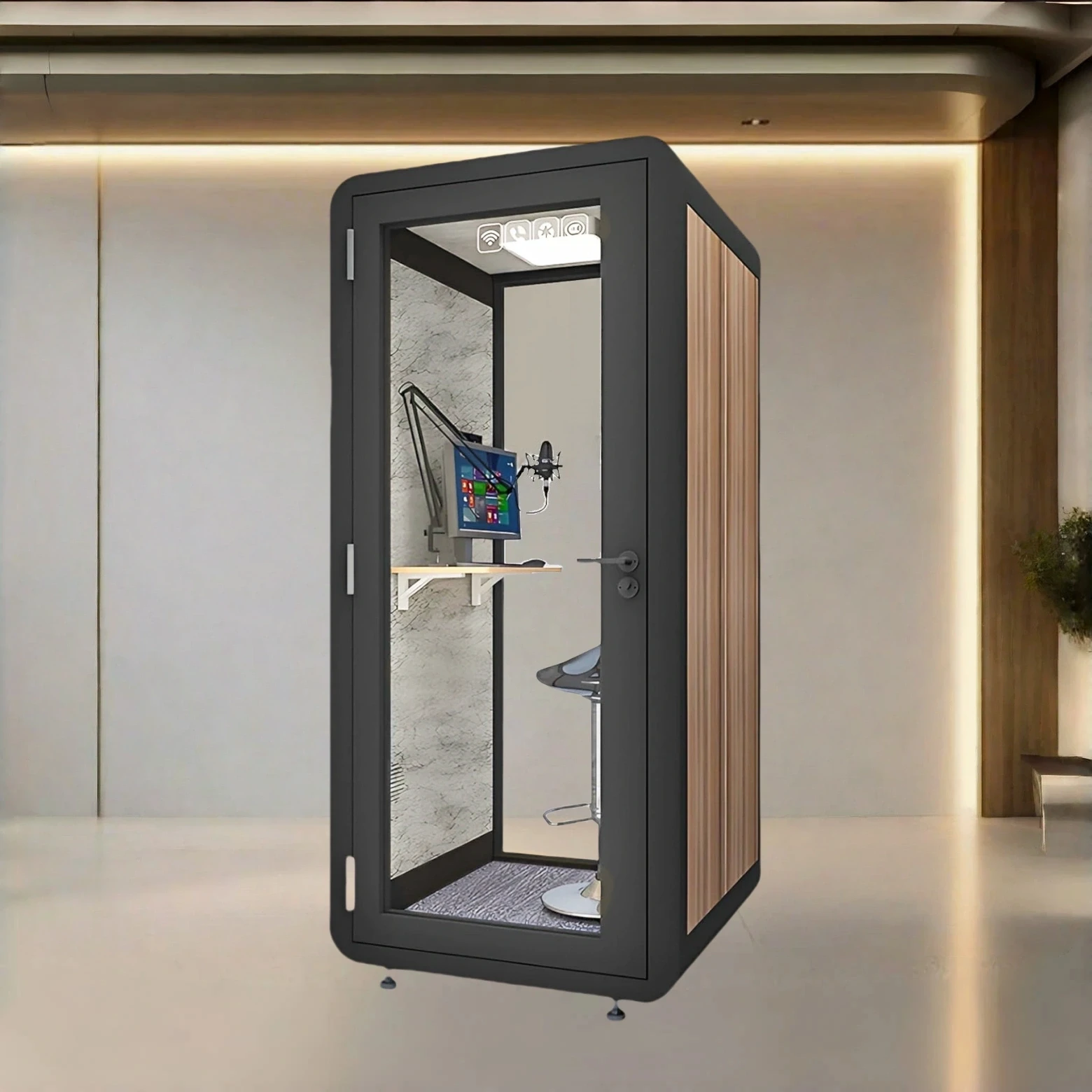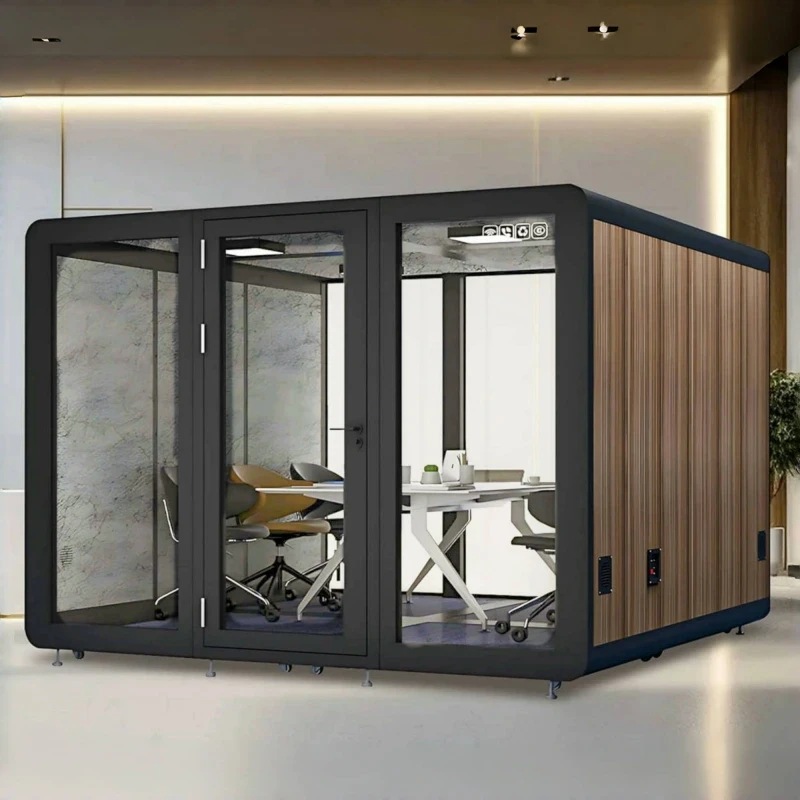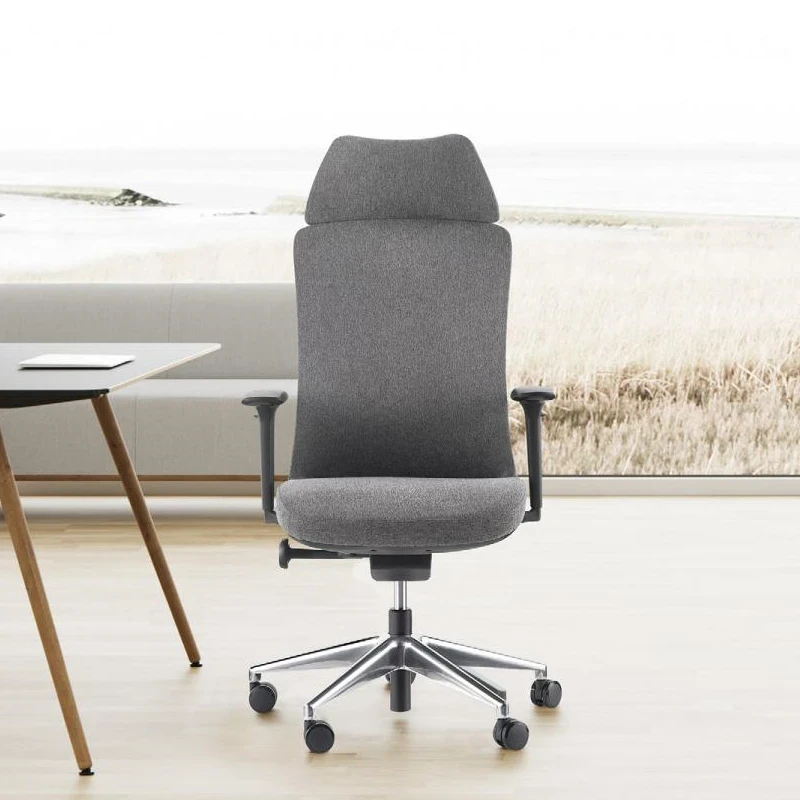"When the concept of standing desks first emerged, people focused on its benefits like weight loss and increased exercise. However, our research has found that its greatest benefit is pain and discomfort relief, making it suitable for those with cervical and lumbar spine injuries and back pain," said April Chambers, professor of bioengineering at the University of Pittsburgh.
Stand up to work, no back pain
The harmful effects of prolonged sitting are comparable to those of smoking.
Previous studies have found that sitting for eight hours a day without exercise increases the risk of death almost as much as obesity and smoking.
In addition, excessive sitting can damage the brain. Some studies have shown that prolonged sitting can lead to a thinning of the medial temporal lobe, an area crucial for memory.
Other studies have linked prolonged sitting to conditions such as Alzheimer's.
In their study, Chambers et al. systematically analyzed the results of 53 studies, examining the impact of work posture on health across six dimensions: duration of the activity, physiological sensations, work performance, psychological perceptions, discomfort, and posture. These studies all involved the use of sit-stand desks.
The systematic review, published in the British Journal of Applied Ergonomics, found that the greatest benefit of standing desks for all demographics is the reduction of physical discomfort and back pain. This is partly due to the shift in muscle tension during standing.
Also, it has no negative impact on work performance. Bosses need not worry that standing desks will distract employees and reduce productivity.
However, from an overall health perspective, the health benefits of standing desks are limited.
"Standing desks may slightly improve heart rate, but we don't know if this change is clinically significant. Furthermore, no evidence standing desks can help with weight loss, body shaping, or lowering blood pressure."
Six tips to maximize the benefits of standing desks
The average modern workday is eight hours. Few people can sustain standing all day, every day.
Furthermore, standing for more than 10 minutes can easily shift the body's center of gravity, tilting it to one side. This long-term behavior can also lead to problems with back muscles and bones. Prolonged standing can also strain lower leg muscles and veins.
Therefore, in an interview with the media, Chambers offered six tips that "may help optimize standing workstations."
※1. Change your posture every 30 minutes
To stay healthy, moving is key. Consider setting an alarm every 30 minutes to change your posture, sitting and standing for a while.
※2. Never sit when you can stand
Remove all chairs from the conference room. Encourage employees to stand whenever possible during meetings and discussions.
These days, everyone communicates on their phones. Whether making calls or sending messages, stand up to complete them.
※3. Stand and sit properly
When standing, keep your legs straight, your abdomen tucked in, and your pelvis centered. Don't stick your buttocks out. When sitting, keep your knees and thighs at a 90-degree angle.
Keep your computer monitor at eye level. Avoid hunching your shoulders while typing.
※4. Stand for a while after eating
Especially after lunch.
※5. Adjust the height of your desk
Everyone's height, weight, and body shape are different. A high desk can help prevent slouching, but it can lead to tension and fatigue in the shoulders and upper limbs. A desk that's too low can increase pressure on the cervical spine.
Therefore, employees should be allowed to adjust their desk height on demand. A comfortable body leads to high productivity.
※6. Exercise to compensate for prolonged sitting
Studies have shown that regular exercise can offset the negative effects of prolonged sitting. For those who sit for 8+ hours a day but exercise for 60-75 minutes, their risk of premature death remains unchanged. However, for those who exercise for only 5 minutes a day, their risk of premature death increases to 59%.
Adults are recommended to perform aerobic exercise at least twice a week for 30 minutes each time, and to do muscle exercises every two or three days. This can also relieve muscle tension and pain.
"Whether sitting or standing, any fixed posture is detrimental to health. Different postures require different muscles to work. Holding one posture for extended periods can lead to overstrain and fatigue in the associated muscles and joints." The University of Exeter in the UK published a report in the International Journal of Epidemiology, arguing that treadmill desks should be promoted.
This is no joke. Some American companies claim to "make money by running."
Running alone isn't enough; running also needs to reflect design.
For those with weak knees who can't run, there's still the option of using a wheelchair for work.
When I was little, my teachers always told me that I needed to sit down and calm my mind in order to concentrate.
Everyone is acting like The Thinker.
Now, it's time to stand up.

 USD
USD
 GBP
GBP
 EUR
EUR





